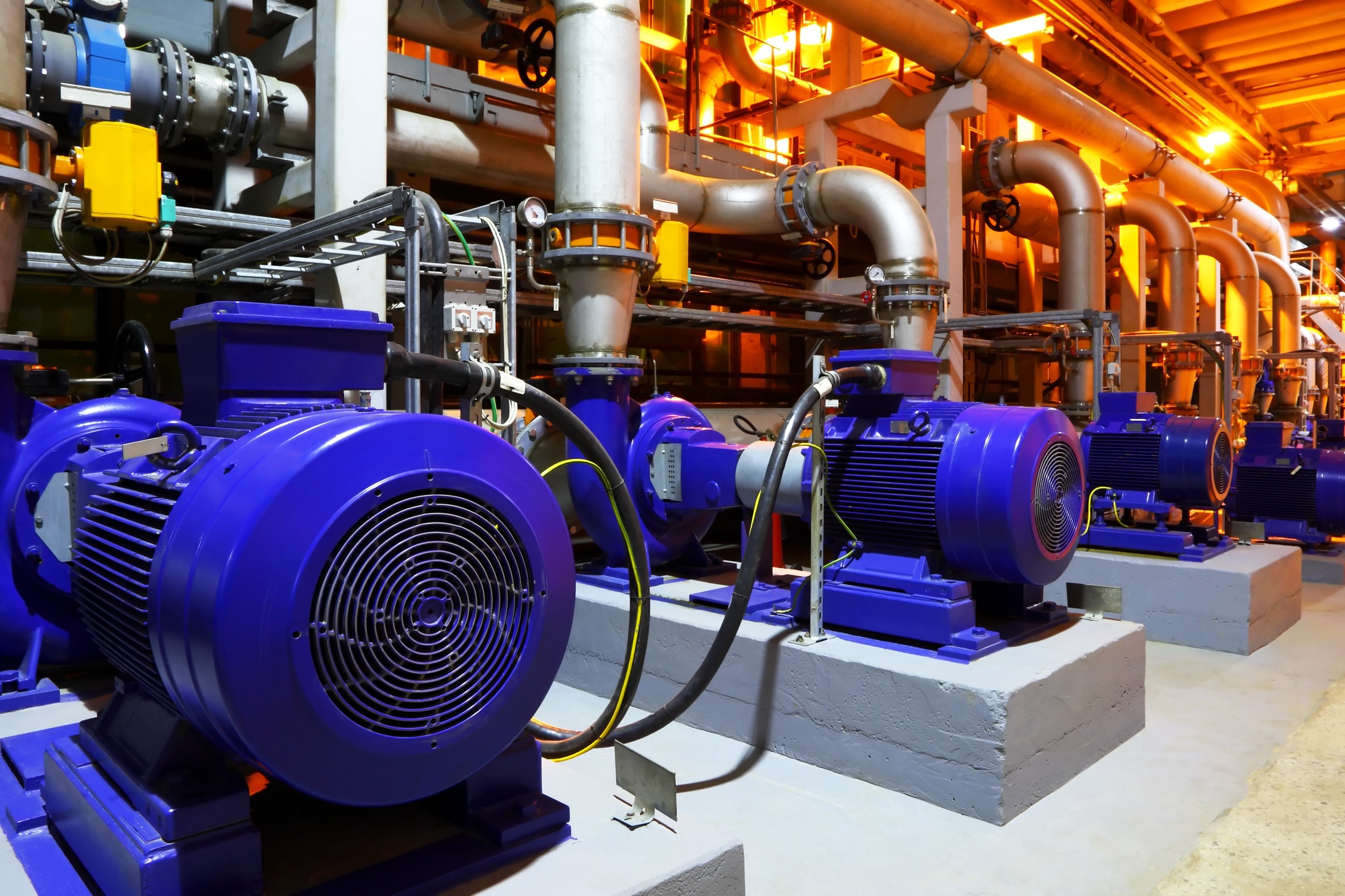An Handbook to Resolving Low Water Pressure in Your Home
An Handbook to Resolving Low Water Pressure in Your Home
Blog Article
Have you been interested in critical information about 4 Ways to Troubleshoot Low Water Pressure?

Low tide pressure in your home can be a discouraging trouble, influencing whatever from showering to washing meals. If you're experiencing weak water circulation, there are a number of feasible causes and solutions to explore. In this guide, we'll review typical factors for low water stress and sensible steps to deal with the problem properly.
Introduction to Low Tide Pressure
Low water pressure takes place when the circulation of water from your faucets, showers, and other components is weak than usual. This can make everyday tasks more difficult and less effective. Recognizing the causes of low water stress is crucial to locating the appropriate remedy.
Usual Sources Of Low Water Stress
Faulty Stress Regulators
Pressure regulatory authorities are in charge of keeping consistent water pressure in your home. If they malfunction, it can lead to low tide pressure or unequal flow throughout your house.
Metropolitan Water Supply Issues
In some cases, the issue lies outside your home. Municipal supply of water problems, such as main line leaks or upkeep job, can momentarily decrease water stress in your area.
Pipeline Obstructions
With time, pipelines can become obstructed with natural resource, debris, or debris, limiting the flow of water. This is an usual concern in older homes with galvanized steel pipelines.
Rust
Rust within pipes can lead to leakages and minimized water pressure. Corrosion buildup can tighten water flow, specifically in maturing plumbing systems.
How to Detect Low Tide Pressure
Examining Pipes
Evaluate visible pipelines for indicators of leakages, rust, or obstructions. Take notice of any kind of unusual audios, such as banging or rattling pipes, which can suggest problems within the plumbing system.
Consulting with a Plumber
If you're incapable to identify the root cause of low tide pressure, consider working with an expert plumber to conduct a complete evaluation. They can recognize underlying issues and suggest proper options.
Inspecting Faucets and Components
Start by checking the water pressure at different taps and components throughout your home. If the concern is separated to details areas, it may indicate local issues.
Do It Yourself Solutions to Deal With Low Tide Pressure
Flushing Hot Water Heater
Debris buildup in the hot water heater can restrict circulation and decrease performance. Purging the container periodically helps remove debris and preserve optimum performance.
Examining Stress Regulator
Ensure that the pressure regulator is working correctly. Changing or changing the regulator can assist bring back correct water pressure throughout your home.
Cleaning Up Aerators and Showerheads
Natural resources can collect in aerators and showerheads, reducing water circulation. Eliminate and clean these elements consistently to enhance water pressure.
Clearing Clogs in Piping
For small clogs, try using a plumbing snake or chemical drainpipe cleaner to clear obstructions in pipelines. Be cautious when utilizing chemicals and comply with safety and security standards.
When to Call a Professional Plumber
If DIY initiatives stop working to fix the problem or if you suspect substantial plumbing issues, it's finest to seek aid from an accredited plumber. They have the competence and tools to deal with complex issues securely and properly.
Preventive Measures to Preserve Water Stress
Installing a Pressure Booster
Consider setting up a stress booster pump to enhance water stress in areas with consistently reduced circulation. This can be specifically helpful for multi-story homes or buildings with high-demand components.
Surveillance Water Use
Be mindful of water use habits and prevent ill-using the plumbing system. Easy modifications, such as shocking showers and washing tons, can aid keep ample water pressure.
Regular Maintenance
Set up routine upkeep for your plumbing system to stop concerns such as corrosion, leaks, and blockages. Attending to small issues early can help stay clear of more substantial fixings later on.
Final thought
Handling low tide pressure can be aggravating, but identifying the underlying causes and implementing suitable remedies can bring back ideal flow throughout your home. Whether it's cleansing aerators, examining pipelines, or seeking advice from a plumber, taking positive actions can guarantee a constant supply of water for your everyday needs.
FOUR WAYS TO FIX LOW WATER PRESSURE NOW
Turning on a shower or faucet only to find the water comes out in a sad, slow drizzle is never a good feeling. How exactly are you supposed to wash a pan or take a quick shower when it takes 10 minutes just to rinse off a little soap? The good news is that when your water pressure is bad, there's always a cause: typically one that can be easily fixed. Here are some of the most common causes of low pressure and what you can do to fix the issue:
DEBRIS AND MINERAL DEPOSIT BUILDUPS
If you notice low water pressure from just one or two of the fixtures in your house, the problem likely has to do with debris buildup. Water is full of minerals and other debris, all of which can accumulate in your pipes and on your fixtures. This can cause a blockage that affects how much water flows through. To fix this, try filling a small plastic bag with white vinegar, and use a rubber band to hang it around your showerhead or faucet. Let the head of the fixture soak for a few hours, and the vinegar should loosen the deposits.
WATER LEAKS
Leaks are another common cause of low water pressure. If water is flowing out of your plumbing through a hole or crack before it can reach your fixture, the pressure coming out of the faucet or showerhead will be lower. A plumbing professional is your best bet for finding and repairing a leak in your water supply pipes.
Leaks are another common cause of low water pressure. If water is flowing out of your plumbing through a hole or crack before it can reach your fixture, the pressure coming out of the faucet or showerhead will be lower. A plumbing professional is your best bet for finding and repairing a leak in your water supply pipes.
A VALVE ISSUE
If you have low water pressure throughout your home, check your main shut-off valve to make sure it's completely open. You may also want to see if there's a pressure-reducing valve installed. If there is, have a plumber help you adjust the settings to get the pressure you're looking for.
OTHERS USING WATER
Believe it or not, your low water pressure could be caused by your neighbors. If you notice low pressure at certain times of day, it may be because you and the people living next to you have similar schedules - when everyone is showering at the same time, the pressure will be lower in every home. Low pressure throughout the neighborhood may also be caused by an issue with your municipal water supply. If that's the case, call the supplier to see if they're working on the issue.
https://www.rotorooter.com/blog/water-leaking/low-water-pressure-fixes/

Hopefully you enjoyed our section on Dealing with Low Water Pressure in Your Home. Many thanks for taking the time to read our blog post. Those who appreciated our page if you please do not forget to share it. We thank you for your readership.
Click Here Report this page